
From Pre diabetes to diabetes, from one medicine to two to three and then finally large doses of insulin. That, in a nutshell, is life of a diabetic. The main cause of diabetes today is a combination of sorts. Poor Nutrition, high stress levels, lack of physical activity, desk jobs, motorised transport all result in one leading a very sedentary lifestyle.
What’s frightening about this is that India –The Diabetes Capital of world has more than 50 million diabetic patients , and the number is likely to touch 70 million by the year 2025.
Though the onset of prediabetes at age as low as 20 years is common today, the largest age group currently affected by diabetes is between 40-59 years . If one does not take adequate care, diabetes mellitus is one particular disorder, which can affect each and every organ of the body in some form or the other.
Whereas Type II Diabetes is almost always reversible, only the right diet and lifestyle changes will reverse it.
If you are constantly asking yourself “What can I eat?” It’s time to stop worrying! Living with diabetes doesn’t have to mean feeling deprived. Today I will help you learn to balance your meals and make the healthiest food choices.
Superfoods for Diabetes:
Walnuts: Walnuts contain polyunsaturated fatty acid called alpha-linolenic acid, which has been shown to lower inflammation caused by diabetes. The L-arginine, omega-3s, fiber, vitamin E, and other phytochemicals found in walnuts and other tree nuts make them potent: scientists have found them to have antioxidant, anticancer, antiviral, and anti-high cholesterol actions.
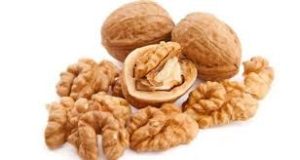
Cinnamon: Cinnamon is rich in chromium, a mineral that enhances the effects of insulin. It’s also loaded with polyphenols, antioxidants that gather up all the free radicals in your blood to protect you from cancer and also lower systemic inflammation.

Turmeric: Curcumin the active ingredient in turmeric has the power to reverse insulin resistance and high blood sugar.

Brocolli: Broccoli is an anti-diabetes superstar. As with other cruciferous veggies, like kale and cauliflower, it contains a compound called sulforaphane, which triggers several anti-inflammatory processes that improve blood sugar control and protect blood vessels from the cardiovascular damage that’s often a consequence of diabetes.
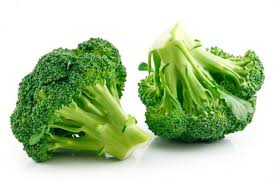
Garlic: Garlic is known to increase the amount of insulin released and regulates blood sugar levels.The best way to eat garlic is by crushing one or two pods and eating it raw on an empty stomach.

Leafy greens: Leafy greens such as Fenugreek,Spinach,Kale have been shown to drop the risk of developing diabetes. Greens are rich in vitamin K, along with several minerals including magnesium, folate, phosphorus, potassium, and zinc. They are also a good source of the plant chemicals lutein and zeaxanthin, and various flavonoids.
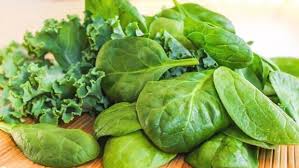
Jamun/Black Plum: Studies show that jamun has hypoglycemic effects with upto 30 per cent reduction in blood sugar reported in some studies. Diabetic patients can consume jamun fruit daily to control their sugar levels, which certainly helps to enhance the insulin activity and sensitivity.
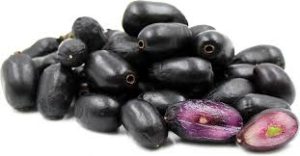
Guava: Guava’s high antioxidant (lycopene) ,Vit C and Potassium contents makes it a super fit for diabetics.
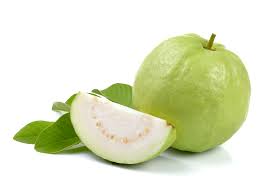
Sweet Potatoes: The best carbohydrates to incorporate into your meal plan are those that pack solid nutrition to balance their impact on your blood glucose, and by that measure sweet potatoes are a clear winner. That 1/3 cup of baked sweet potatoes provides over 20 percent of your day’s requirement of vitamin C, substantial amounts of B vitamins and minerals, over 2 grams of fiber, and – most notably – enough vitamin A for almost three days.
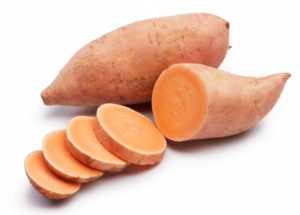
Super Seeds: The following seeds are high in healthy fats and protein and low in carbs — the ideal nutrient ratio for a diabetes-friendly snack.
Pumpkin: Being extremely low in carbs it helps in regulating insulin levels
Sweet Basil Seeds: Regulates blood sugar levels by slowing down the conversion of carbohydrates to glucose.
Flax: Rich in insoluble fibre lignin which helps in improving insulin sensitivity.
Fenugreek: Improves glucose tolerance as they are high in soluble fibre.
Sunflower: Rich in Magnesium which helps in improving insulin sensitivity.
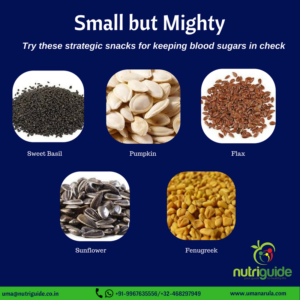
Debunking some Myths
Myth: Avoid Sugar at all costs.
Fact: Enjoy your favourite treats in limit. Plan properly and avoid hidden sugars.
How to spot Hidden Sugars
Being smart about sweets is only part of the battle. Sugar is hidden in most packaged foods, fast food meals, and grocery store staples such as bread, cereals, canned goods, pasta sauce, margarine, instant frozen dinners, low-fat snacks, and ketchup. The first step is to spot hidden sugar on food labels, which can take some sleuthing.
Myth: Cut down carbs totally.
Fact: Carbs are essential to a healthy diet. They are the primary sources of energy for each cell of our body. Focus on your serving size and pick whole grain carbs instead of processed or refined carbs.
Myth: Diabetics need special food.
Fact: Expensive diabetic , sugar free, diet food is not necessary. The principles of healthy eating remain the same for everyone. You just need to be a little more cautious.
Myth: A high-protein diet is best for Diabetics.
Fact: Too much protein, especially animal protein may actually cause insulin resistance. Our body needs protein, carbohydrates and fats all in balanced amounts to function properly.
Manage your sugar levels:
Reduce soft drinks, soda and juice. For each serving of a sugar-sweetened beverage you drink a day, your risk for diabetes increases by about 15 percent. Try sparkling water with a twist of lemon or limewater instead. Cut down on creamers and sweeteners you add to tea and coffee.
Sweeten foods yourself. Buy unsweetened iced tea, plain yogurt, or unflavoured cereal and add sweetener yourself. You’ll likely add far less sugar than the manufacturer.
Check labels and read the Ingredient list and not just calories of packaged foods. Use fresh or frozen ingredients instead of canned goods. Be especially aware of the sugar content of cereals and sugary drinks.
Avoid processed or packaged foods like canned soups, frozen dinners, or low-fat meals that often contain hidden sugar.
Reduce the amount of sugar in recipes by ¼ to ⅓. You can boost sweetness with mint, cinnamon, nutmeg, or vanilla extract instead of sugar.
Find Natural ways to satisfy your sweet tooth. Dates, figs, raisins, prunes all are rich in natural sugars along with plethora of other vital nutrients. Reach them when you have a sweet craving. Instead of ice cream, blend up frozen bananas for a creamy, frozen treat. Or enjoy a small chunk of dark chocolate, rather than a milk chocolate bar.
Start with half of the dessert you normally eat, and replace the other half with fruit.
If you enjoyed this post, we’d be very grateful if you’d help it spread by emailing it to a friend, or sharing it on Twitter or Facebook. Thank you!
Stay Tuned!! Tips for Diabetic Kids ,Coming Soon.
We at Nutriguide help reduce your dependence on medication by making the right dietary and lifestyle choices. Uma Narula is an award winning practising Nutritionist since 10 years.If you have any queries you can email on uma@nutriguide.co.in or call on +91 99676 35556/+32 468 29 79 49.